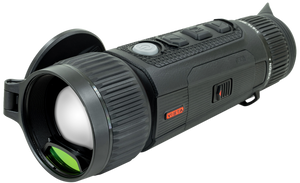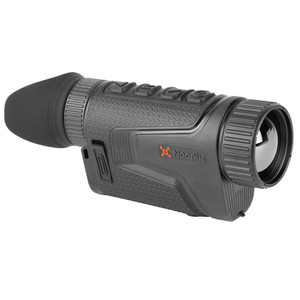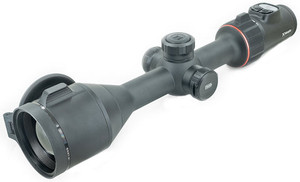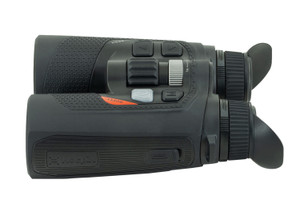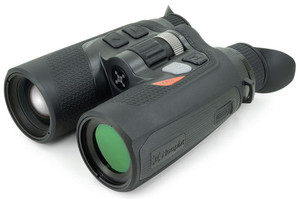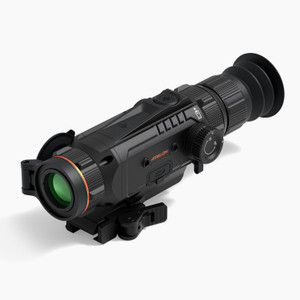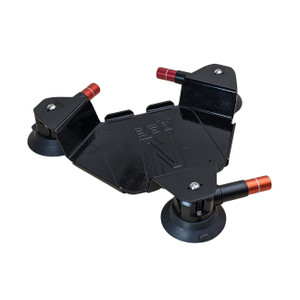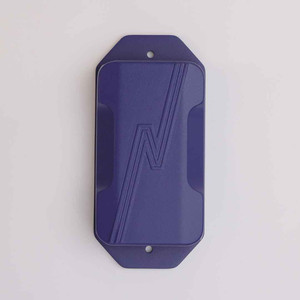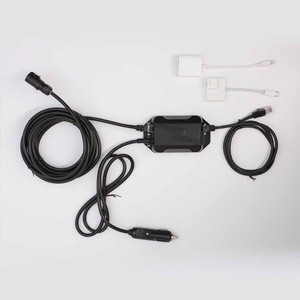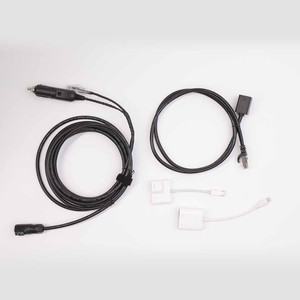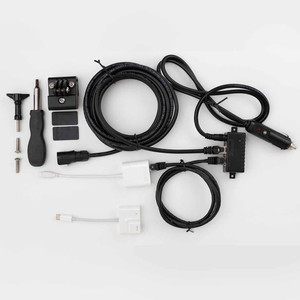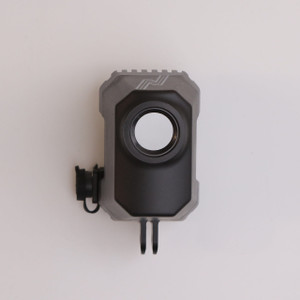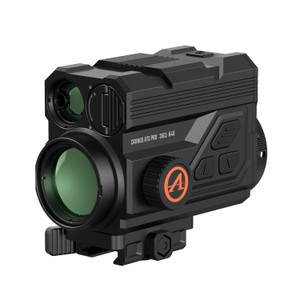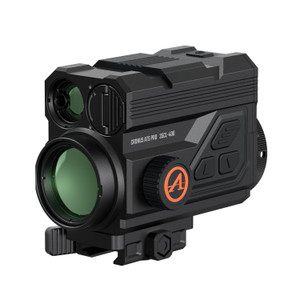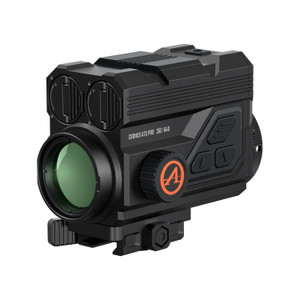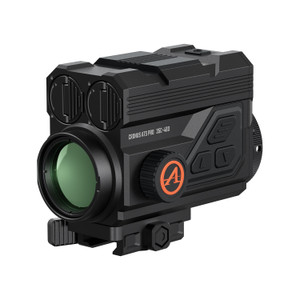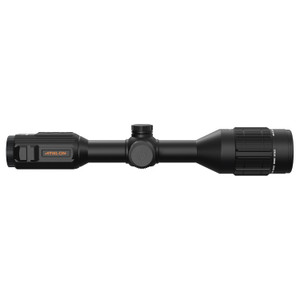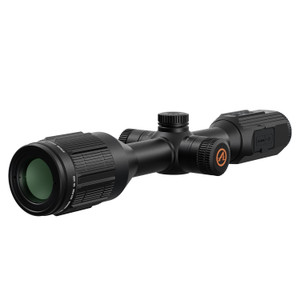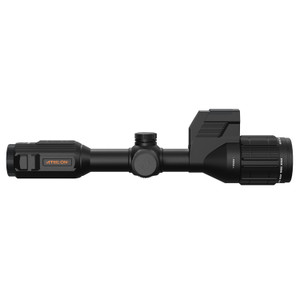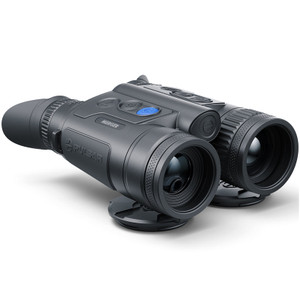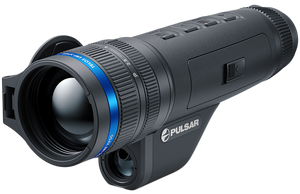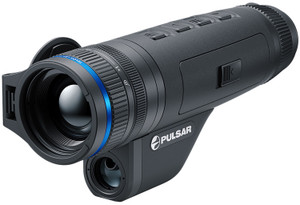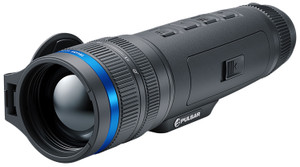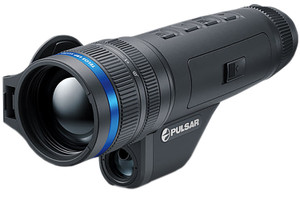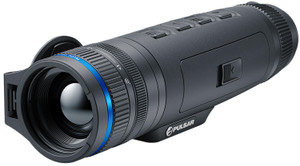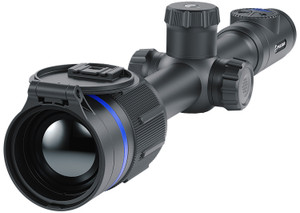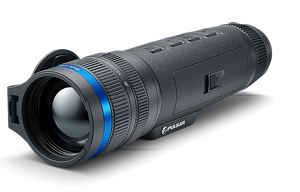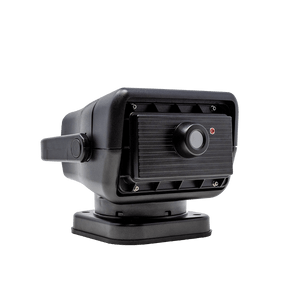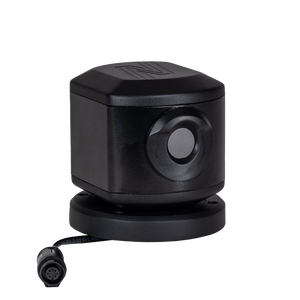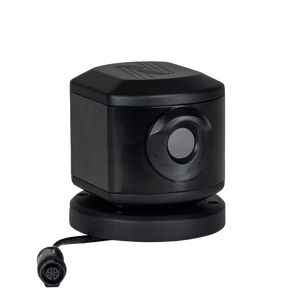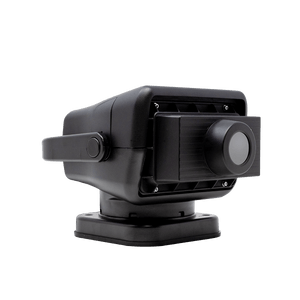What’s a Thermal Scope?
Ever wish you could see things hidden in complete darkness, heavy brush, or dense fog? That’s exactly what a thermal scope is built for. Instead of amplifying light like regular night vision, thermal optics detect heat. So, whether you’re after predators, checking on livestock, securing property, or assisting in search and rescue, these devices let you spot living things or warm objects—no matter the light or weather.
Types of Thermal Optics
-
Thermal Rifle Scopes:
These mount right onto your firearm. With fast target acquisition and precise aim, dedicated thermal rifle scopes like the Athlon Cronus ATS or Pulsar Thermion give hunters and tactical users an excellent edge. Many models include handy extras, such as built-in laser rangefinders or even video recording, so you can revisit every shot.
-
Thermal Monoculars:
Lightweight and easy to slip into your pack or pocket, thermal monoculars are perfect for scouting, tracking, or quick perimeter checks. Just scan a field or forest and spot heat sources instantly. They’re popular for everything from hunting to outdoor security.
-
Thermal Binoculars:
When you want comfort and wide-area viewing, binoculars are your best friend. With thermal variants like the Pulsar Merger series, you get dual-eye viewing for longer sessions and excellent detection range, making them ideal for wildlife observation and ranch monitoring.
Why Go Thermal?
Thermal optics don’t care if it’s pitch dark, if there’s fog rolling in, or if your target is hiding in tall grass. They reveal heat signatures—so animals and people can’t hide, even behind camouflage. This versatility makes them a true game-changer for hunters, outdoor pros, and first responders. And yes, you can use them day or night, rain or shine.
Choosing the Right Thermal Device
-
Resolution:
Sharper images come from higher resolutions. For long-range or detailed viewing, aim for at least 640x480. For general use, 384x288 is a great balance. If you want an affordable entry point for basic spotting, 256x192 gets you started.
-
Refresh Rate:
A 60Hz refresh rate offers smooth, real-time movement—perfect for tracking running game or moving vehicles. 30Hz is plenty for slower scans.
-
Field of View:
Wide FOV is great for scanning large areas quickly; narrow FOV is better for detailed, long-range spotting.
Smart Features:
Modern thermal optics can include laser rangefinders, ballistic calculators, onboard recording, or wireless streaming. Pick what matches your needs and budget.
FAQs
Are thermal scopes legal for hunting?
Regulations vary by state, so check before heading out.
Can you use thermal gear in daylight?
Absolutely—thermal devices work around the clock.
Monoculars or scopes?
Monoculars are best for handheld scanning. Scopes mount to your rifle for aiming and shooting.



















































